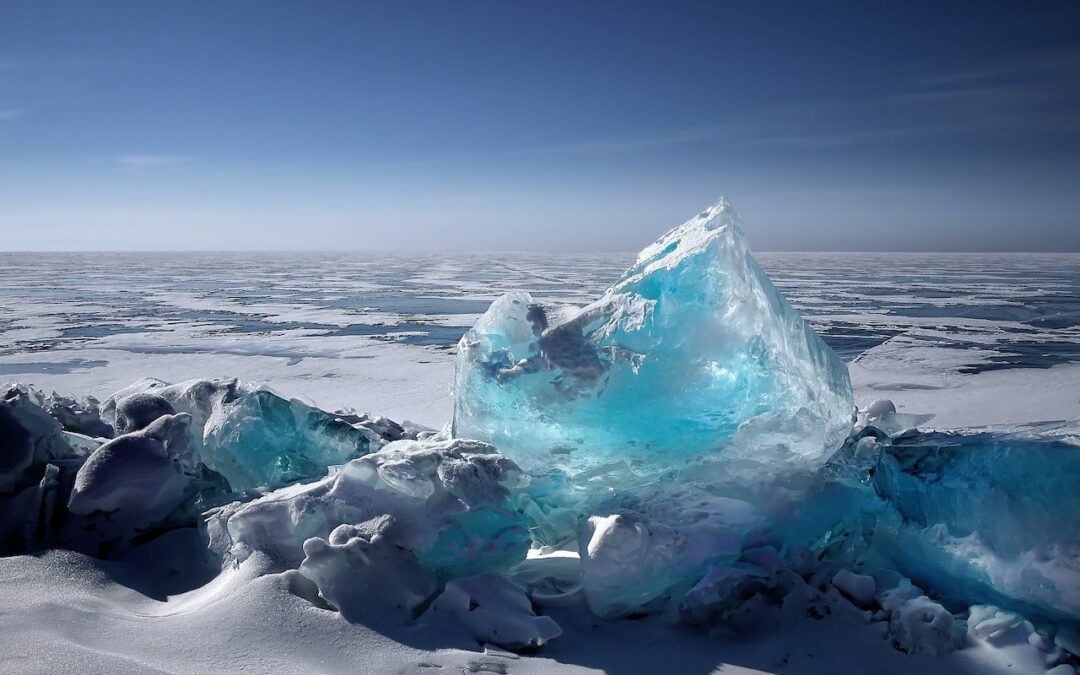
by Komoneed | Feb 12, 2024
Digital Tools and Resources for Climate Finance for Agriculture
Teaser Text
This document presents a compilation of digital tools and platforms that can be used to support agribusinesses.
jschoshinski
Fri, 02/09/2024 – 18:06
Sectors
Climate Finance
Agriculture and Food Systems
Region
Africa
Hide Sidebar
Off
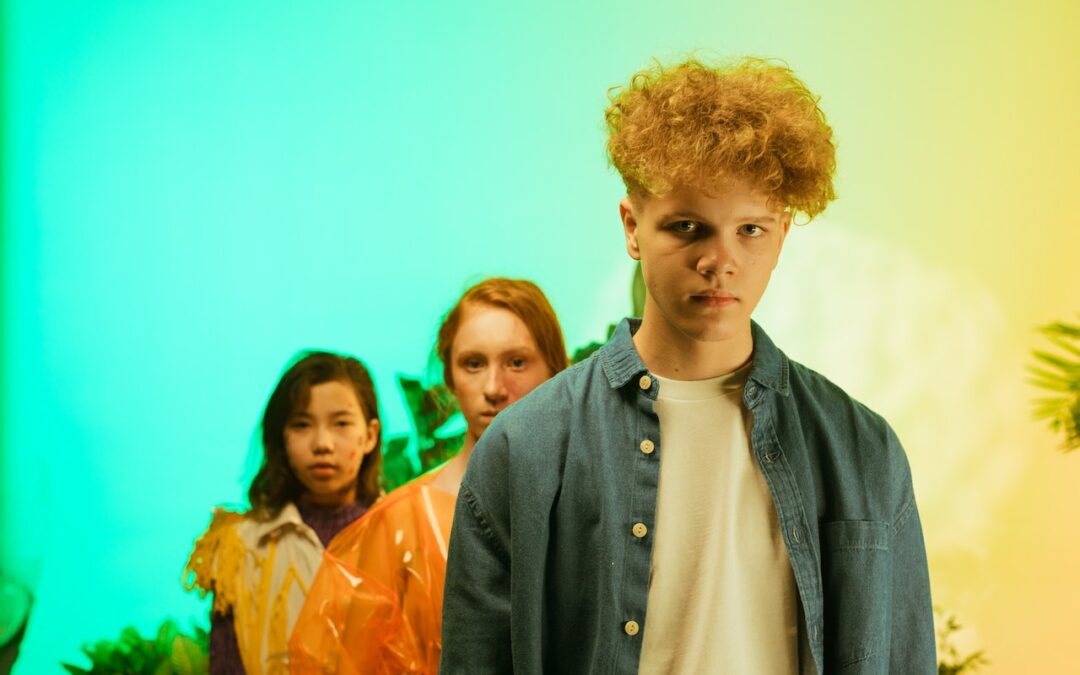
by Komoneed | Feb 12, 2024
This post was originally published on UNDPThe role of the private sector in climate-resilient food systems kate.smith@undp.org Sat, 02/10/2024 – 23:18 The costs of transitioning to a low-carbon, climate-resilient future are immense (although it the cost of...
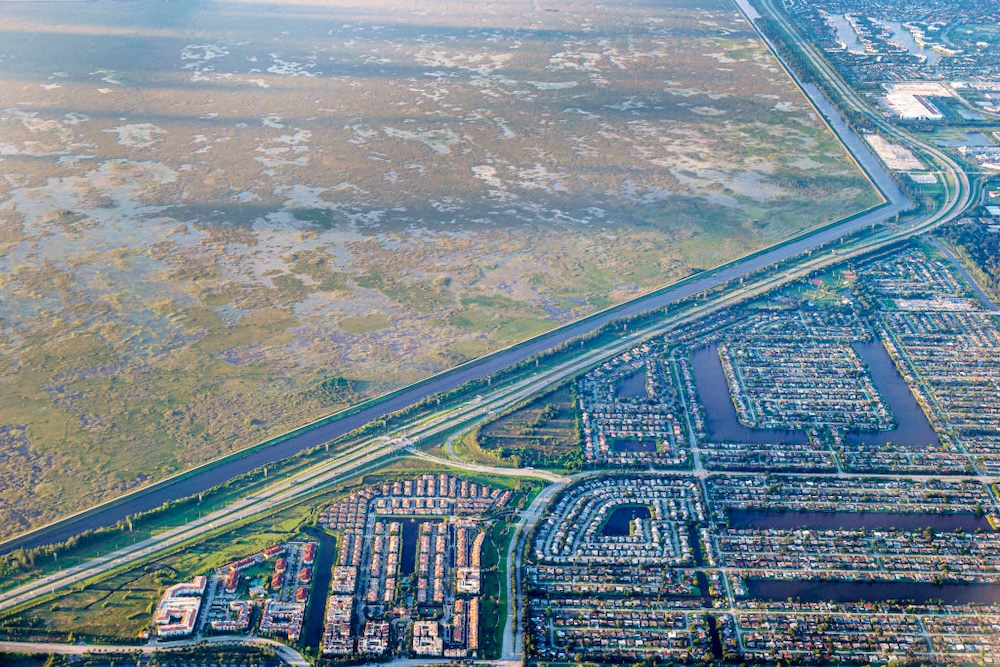
by Komoneed | Feb 8, 2024
Quick Key Facts What Are ‘Wetlands’? A wetland is exactly what it sounds like: ground that is covered by or saturated with water for all or part of the year. The water that makes a wetland can come from a variety of different sources, including ocean tides; freshwater sources like lakes, rivers, or ponds; underground […]
The post Wetlands 101: Everything You Need to Know appeared first on EcoWatch.
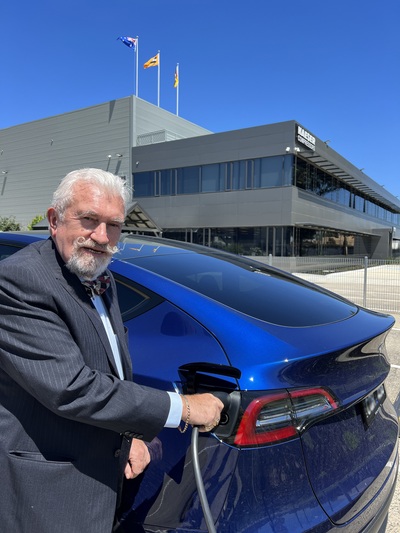
by Komoneed | Feb 8, 2024
KAESER Australia has unveiled its new 4500 m2 facility in Dandenong South, Victoria, which includes offices, a warehouse and a workshop. The $15 million facility features various innovations that echo KAESER’s emphasis on sustainability.
The original warehouse and office was constructed in 1989 on Zenith Road, Dandenong South, in the industrial outskirts of Melbourne’s south-east. The following year, KAESER Compressors Australia was established and the fledgling subsidiary moved in.
Over time the business grew, but despite modifications and expansion works, eventually it was apparent that an entirely new facility was needed. Using the existing site, the challenge was to keep the business running while demolishing and rebuilding the entire premises at double the size.
“We needed a facility that would not only serve our needs in five or 10 years, but in 20 or 30 years’ time — and, most importantly of all, we need to always uphold KAESER’s values regarding sustainability,” said KAESER Australia Managing Director Peter Eckberg. This philosophy permeates the company from product design and manufacture at the head office in Coburg, Germany, all the way down to the Australian subsidiary in Melbourne.
“KAESER products set new standards when it comes to dependability, efficiency and sustainability,” Eckberg said. “Our product innovations help to reduce resource and energy consumption significantly and to save emissions and operating costs.
“They also help our customers to achieve their own sustainable and environmentally responsible goals. Likewise, our building and operation here in Dandenong South is designed to be as resource-friendly as possible and, ultimately, move us to carbon-neutral operations.”
After a number of COVID-related setbacks, the first sod was turned on 12 January 2021, with a new warehouse and temporary office space with 98 kW of solar panels built behind the old one. Once the new space was operational, the old building was demolished. Over 98% of the materials that made up the old factory were recycled and reused, including all of the concrete and steel. A new workshop and office were built in its place, thus doubling the footprint. The final move-in took place in March 2023.
Now the 4500 m2 building is home to 196 kW of solar panels, so far creating a 90% drop in energy reliance on the grid. A large screen in the reception area gives employees and visitors real-time data on the solar energy generation, earnings from the grid, as well as the amount of CO2 saved. As part of KAESER’s commitment to ensure minimum possible environmental impact and move towards carbon-neutral operation, three electric vehicle charging stations have also recently been installed.
Managing Director Peter Eckberg with the EV charging station.
In summing up the monumental project, Eckberg said, “It has been two years in the construction phase, and it is an overwhelming feeling of relief and satisfaction to now use this spacious, modern facility. We are pleased to look to the future knowing that while we have increased our physical footprint and given ourselves space to grow, we have also reduced our environmental footprint at the same time.”
Top image: The new KAESER Australia head office, completed in 2023 (image by Misheye).
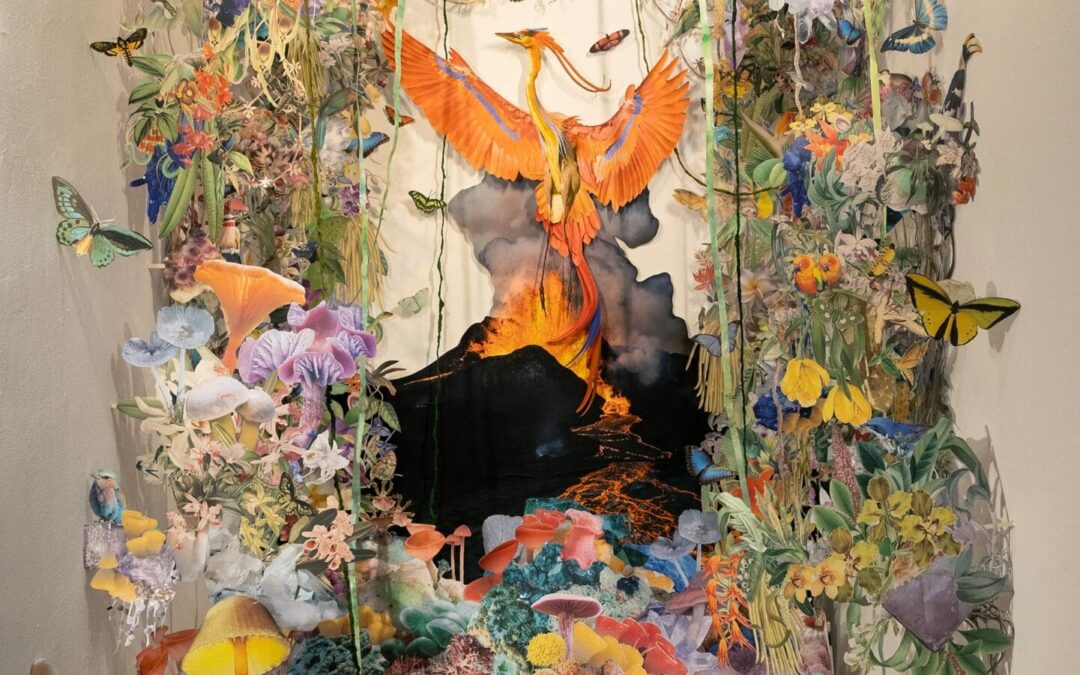
by Grace Ebert | Feb 8, 2024
Lush layers of flora and fauna sprout in alcoves and crawl across gallery walls in the works of Clare Celeste Börsch (previously). The Berlin-based artist continues her ecological studies as she entangles paper cutouts into immersive ecosystems in which butterflies, birds, plants, and fungi coexist.
Börsch’s most recent work, “Phoenix,” takes its name from the mythological bird at its center. Emerging from an explosive volcano, the creature signals rebirth, a symbol that emerged following the trauma of the last few years and her own health issues. More
Do stories and artists like this matter to you? Become a Colossal Member today and support independent arts publishing for as little as $5 per month. The article Vivid Flora and Fauna Coexist in Immersive Paper Ecosystems by Clare Celeste Börsch appeared first on Colossal.





